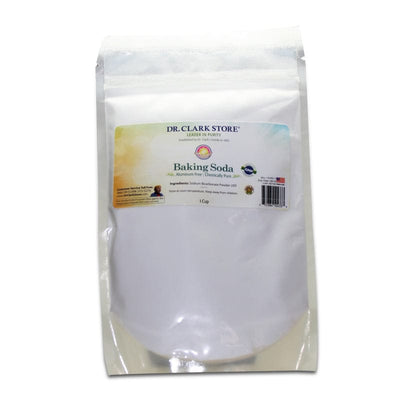Ashwagandha: The Multiple Benefits of an Ancient Adaptogen

With a history going back to 6000 BC, Ashwagandha (Withania somnifera) is also known as Indian Ginseng, Chinese/Korean Ginseng, or Siberian Ginseng. Its effects have been the subject of research for decades, with many studies showing it reduces malignancy, stress, increases physical stamina, and can help conditions like arteriosclerosis, hypertension, and fatigue. Anti-arthritis effects have also been discovered in multiple studies. Ashwagandhas wide range of positive benefits are the reason it has been classified as an adaptogen, but as we will see, it has very specific functional properties, and its Withanolides (steroidal lactones) have multiple specified pathways for reducing inflammatory proteins and markers of disease. Some of the most promising have been seen in its anti-cancer activities.
Anti-Cancer Effects
Numerous studies have examined the anti-tumor activity of Ashwagandha. Several have found that it reduced carcinogenesis in mice with lung-adenoma; others have found it increased white blood cell count and improved functioning, and was linked to the disappearance of fibroids in the uterus (1). Another recent study was found that Ashwagandha induces apoptosis and inhibits cancer cell proliferation in non-small cell lung cancer (2).
The research done on breast cancer has shown highly promising results. One controlled experiment examined the effects of water extracted Ashwagandha in combination with intermittent fasting, on breast cancer cell lines in vitro, and in vivo with mice (3). Both the cell lines, and the live mice injected with tumors, showed significant apoptosis and reduction in tumor size. An extended cure rate of live mice was also seen in the Ashwagandha-treated groups. Not surprisingly, the combination of Ashwagandha and intermittent fasting was found to have a synergistic effect.
A few different mechanisms are thought to be the cause of Ashwagandha’s anti-cancer activity. One is that Ashwagandha inhibits the tumor necrosis factor-a (TNF-a) based adhesion of lymphoma and lung cancer cells, and its ability to downregulate growth factors. Another, is its ability to improve ROS-induced apoptosis, having anti-invasive and anti-metastatic effects. It was also shown to inhibit oxidative phosphorylation, which some types of cancer need to survive, particularly those most resistant to conventional treatments.
Anxiety, Depression and Stress
One of the main modes of its anti-stress activity is the ability to reduce cortisol in adrenal glands. Stress can also increase ulcers, and studies have found that Ashwagandha protects against aspirin-induced gastric ulcers (4). In Ayurvedic medicine, Ashwagandha was also known for improving mental well-being and cognition through its action on the central nervous system (5). Many studies have been done on its affects for Alzheimer’s disease, Parkinson’s, and similar brain diseases, all finding that Ashwagandha prevents or reverses neuronal atrophy and synaptic loss (6).
As a nervous system tonic, Ashwagandha relieves stress, anxiety and impeded sleep, and prevented negative changes in animal models of Parkinson’s disease. The mechanism involved is its ability to mimic GABA, which is implicated in neurodegeneration caused by oxidative stress and excitotoxicity. Ashwagandha works as a GABA agonist, and has actually been found to regrow nerves (7). More studies have found that it stimulated increased synaptogenesis, as well as growth of axons and dendritic growth (8). Compared to the pharmaceutical, Lorazepam, Ashwagandha was found to have an anti-depressant, and anti-anxiety effect (9).
Energy
Lastly, given its ability to improve mitochondrial function, Ashwagandha’s effects on energy levels have been well-established, with studies showing that Ashwagandha inhibited carrageenan-induced granuloma, also reducing the enzyme activity of succinate dehydrogenase of mitochondria of granulomas. Studies on the effects on stress, fatigue, and physical stamina, have shown that human subjects experienced significant reduction in fatigue (10). One metanalysis of 12 studies found that Ashwagandha was effective compared to control groups in improving physical performance across multiple variables, such as muscle strength, cardiorespiratory fitness, and energy production.
The Dr. Clark Difference
While many companies use the leaves of the Ashwagandha plant, the Self Health Resource Center/Dr. Clark Store brands only use the highest potency roots for the extract we use, making it one of the most bioactive, and pure Ashwaganda products available.
Dr Clark’s Ashwagandha Extract 1000mg
Dr Clark’s Ashwagandha Extract 650MG
- Full Spectrum Extract containing only high potency roots (other companies use much cheaper leaves)
- Clinically proven in double-blind, randomized, placebo controlled clinical trials
- Extended release tablet with no magnesium stearate




Leave a comment